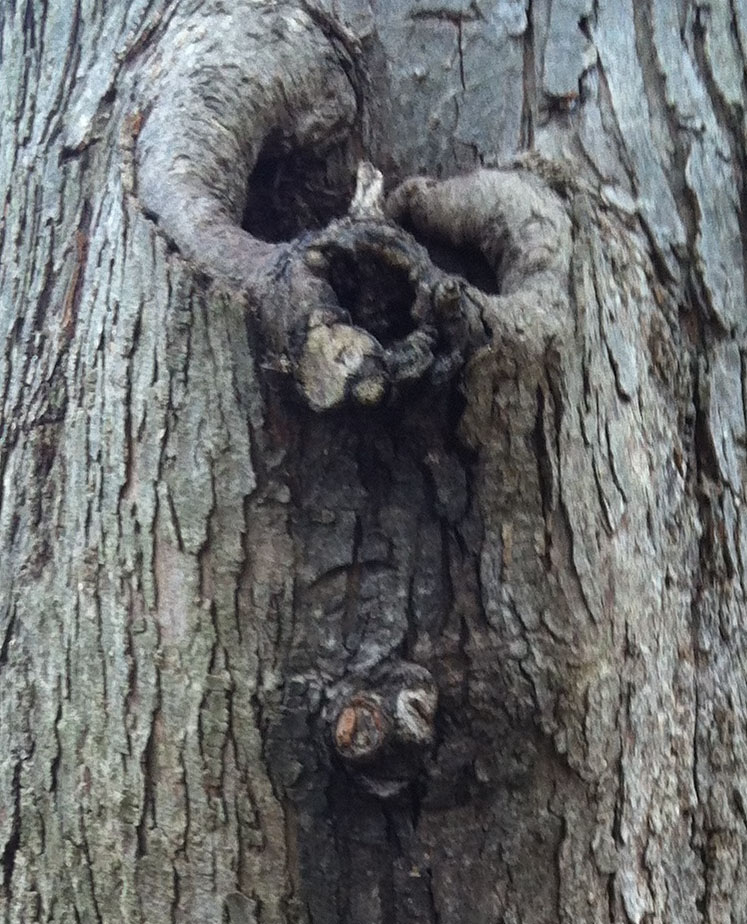
What’s more better than a talking squirrel? A squnk! I see this little critter very rarely in my neighborhood. She’s an Eastern gray squirrel in the black variant, like about 25% of the squirrels in my neighborhood. What make this one stand out is her white-tipped tail.
When I first had the idea for my middle-grade fantasy/mystery Deadwood (Spencer Hill, 2014), I knew it was about a cursed tree with messages carved in its bark. But one of the challenges of this scenario is that trees are not the most active characters. Sure, they’re great at photosynthesis, removing pollutants from the air, and providing the oxygen we breathe, but they’re terrible communicators and they tend to be, well, rooted. They don’t get around much.
So when I began writing the story, I introduced a talking squirrel character who acts as the tree’s representative – its Watcher. That makes sense, right? A squirrel is much more likely to be able to talk than a tree because they actually have mouths. They are scrappy little critters, able to leap from tree to rooftop in a single bound, probably excellent at eavesdropping, which is handy in a mystery. And who doesn’t love talking animals?
Apparently, many people do not, beginning with my agent at the time. When I told her about the story I was working on, she was lukewarm. Lose the squirrel, she said.
But but but. How could I lose the squirrel? Without him, the story seemed so drab, so colorless, so rodent-free.

